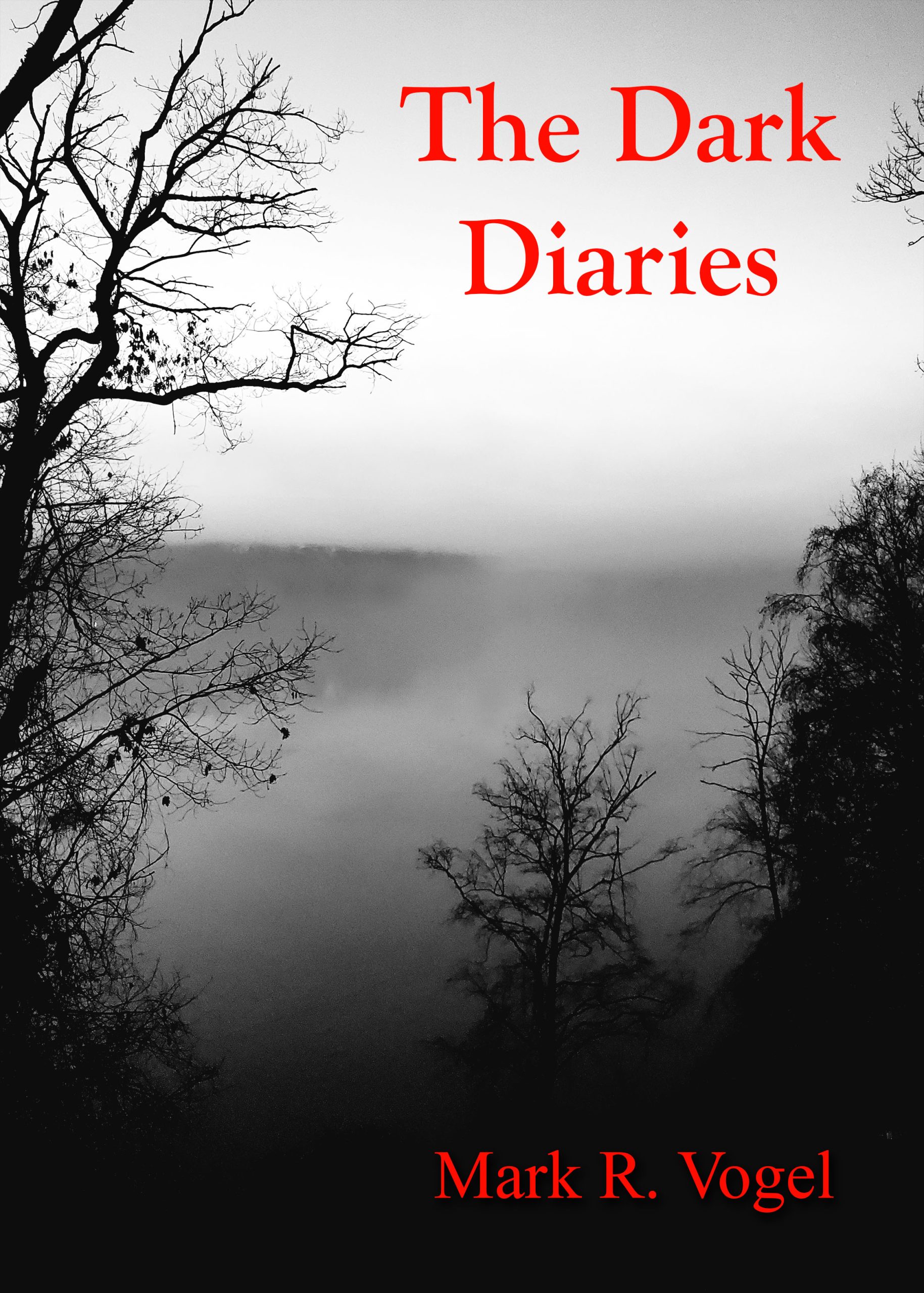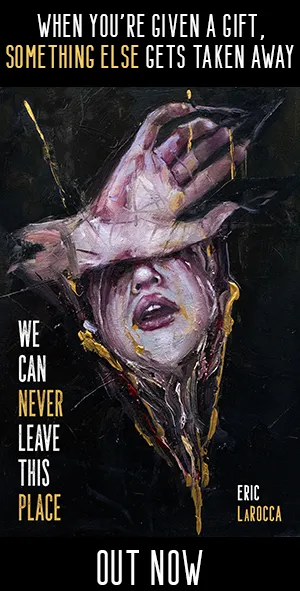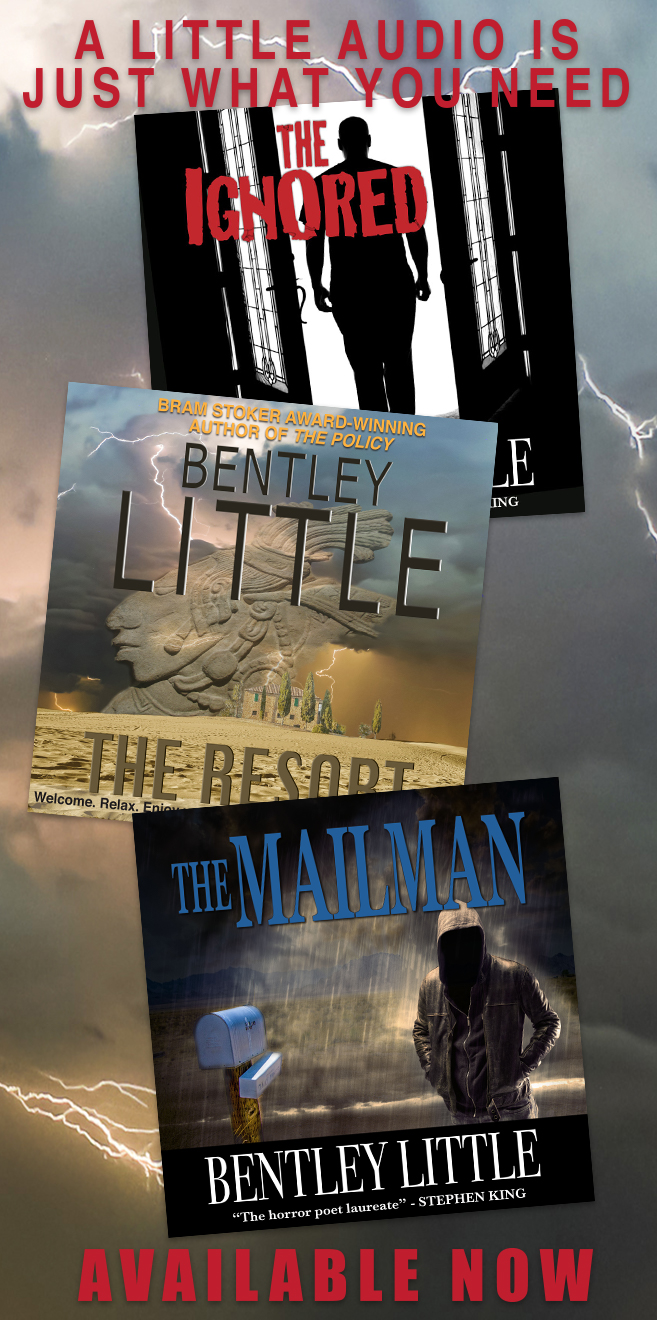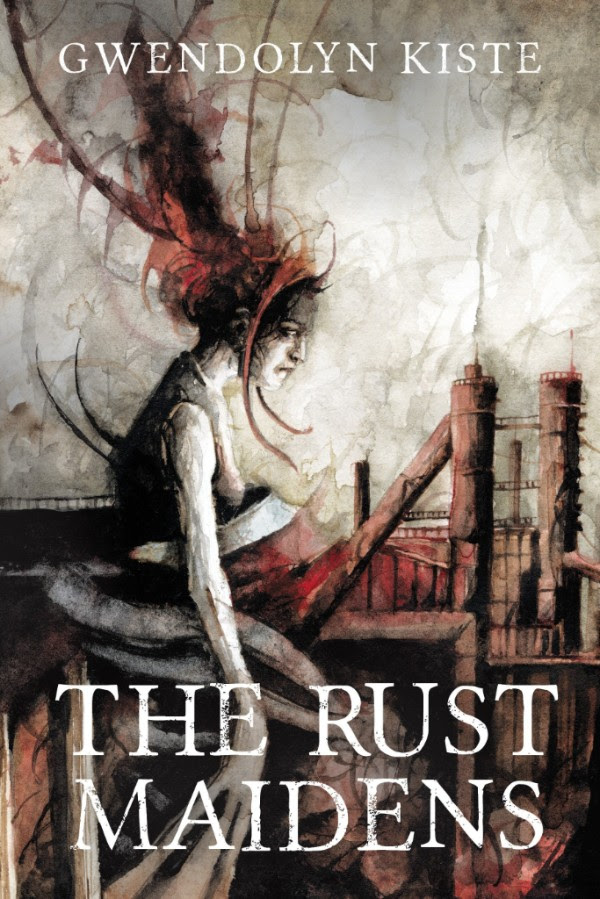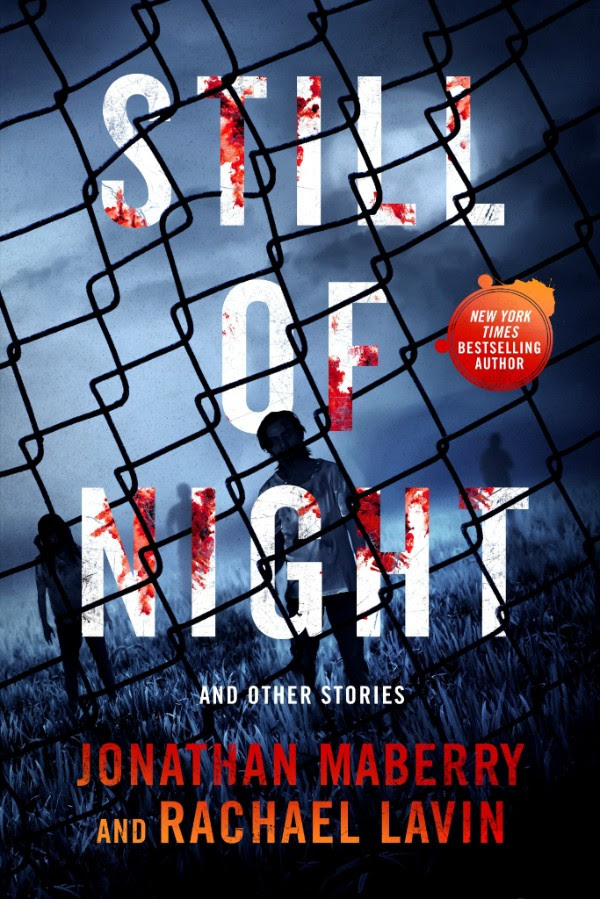Interview conducted by Blu Gilliand.
Below is part two of Horror World’s three-part interview series with the creative talents behind the motion book adaptation of Clive Barker’s seminal Books of Blood. You can view a sample here at Madefire’s website, and read the our first interview with Christian Francis here and our final interview with Mark Miller next Friday.
Ben Meares is a comic book writer and an editor/executive assistant at Clive Barker’s production company, Seraphim, which means he has two of the coolest jobs in the world. In addition to serving as head writer on the recent Hellraiser: Bestiary series for BOOM! Studios, he’s tackled scripting chores for the initial Madefire Motion Books adaptations of short stories from Barker’s classic short story collection, Books of Blood. Recently, Meares was kind enough to tear himself away from two of the world’s coolest jobs to answer a few questions for Horror World.
HORROR WORLD: Tell us a little bit about how you became involved with Madefire’s Motion Books adaptation of Books of Blood. Were you already familiar with the material before you came onboard?
BEN MEARES: I’ve been with the Books of Blood project since the beginning. Mark Miller, the vice president of Seraphim, and I checked out some of the Madefire motion books together and immediately knew it was something we wanted to work with. We both had the same idea at the same time: “Let’s adapt Books of Blood into motion comics.
I was most certainly familiar with the Books of Blood. I read the collections for the first time when I was thirteen years old, and they very quickly became some of my favorite stories ever. I literally stayed up all night terrified after reading “The Midnight Meat Train” for the first time.
HW: What’s your approach to adapting these stories? How much of Clive’s prose and dialogue are you trying to retain, and how do you choose what stays and what goes (or changes)?
BM: The approach is simple: be as faithful to the source material as humanly possible. As much of Clive’s prose as can be kept in stays in. It’s one of the really amazing things about doing motion comics; there is no worry about page real-estate (meaning, how many captions or how much art you can fit on a page). In a normal print comic adaptation, you really need to pare down captions so you are left with the bare essentials to tell the story. With motion, we can fade in and fade out captions, keeping as much of Clive’s prose, dialogue, and subtlety intact.
HW: Describe for us how you and artist Sam Shearon work together.
BM: Sam’s a genius. I send him a script, he breaks it down into thumbnails, and then we’re off to the races. We’ll have a few sit-downs to talk about style, execution, etc., but he and I are nearly always on the same page. Sam, simply put, just gets it. He has a grasp on motion comic storytelling that is just incredible. When writing the adaptations, I threw all kinds of motion gags in there, and really wasn’t quite sure if they would work. Sam found a way to make every single motion gag I came up with work, and constantly throws in his own ideas and gimmicks. He’s an absolute blast to work with.
HW: What’s been your favorite story to work on so far?
BM: It’s a tie between “The Midnight Meat Train” and “The Yattering and Jack.” “Train,” because of the terror it instilled in me at a tender age, is very, very near and dear to my heart, and it was really important to me to make sure that it hit every note. I really obsessed over it, pouring over the short story for days and days while I was scripting it.
“The Yattering and Jack,” however, was probably the most fun to adapt. It’s such a playful story, and it freed me up as a writer to just let the narrative dictate the adaptation. If something popped in my head that seemed like it would be fun, I included it. The Yattering is such a fun character to write. He’s like a cartoon character, and you can really play with the way that he expresses his emotions. It’s like writing a demonic, evil version of Bugs Bunny.
HW: How does the “motion” aspect of these adaptations affect your scripting? How is it decided where the “motion” comes into play?
BM: It affects the scripting process greatly. Nearly all of the motion gags you see in the motion books we are making start at the script. It’s like writing a fusion between a comic script and a movie script in a way.
As far as deciding where the motion comes into play, it’s really a mix between careful planning and seat-of-the-pants decision making. So many of the motion gags that I wrote were simply what the story I was adapting dictated. There are the motion effects that take a whole lot of thought to come up with. Things where you’re summing up a feeling, or a series of events, with a single motion. But there are also moments where it is a far simpler process: If a line in The “Midnight Meat Train” says “Mahogany raised his knife,” then that’s a prompt to have Mahogany raise his knife in motion. It’s really just dictated by the story and what would best serve it.
HW: What is it about Clive’s stories that make them a good fit for this form of storytelling?
BM: Clive’s stories have always been wildly visual, which is what lends his ideas so well to comics in general. But there’s an energy to his stories, especially his Books of Blood stories, that just beg to be seen in motion.
HW: What other material – Clive Barker or otherwise – do you think would work well as a Madefire Motion Book?
BM: As far as Clive’s work goes, I’d personally love to see adaptations of some of his longer format novels, something like Weaveworld, Abarat or The Great and Secret Show in the motion format. His novels that sway more into the fantasy genre are jam-packed with so, so many great visuals that are just pleading to be seen in motion.
As far as material beyond Clive’s stuff, I love seeing the original properties people are making for it and how inventive they are, both in the content of their narratives and in the way the narratives are pulled off. Everyone has a different way of exploiting the motion format, and seeing the different approaches are really inspiring to me.
HW: Do you have any other projects – Madefire or otherwise – that we should be on the lookout for?
BM: We’ve got some really exciting stuff in the pipeline for Madefire coming up soon. Can’t talk about it yet, but it’ll be a ton of fun. As far as other projects, I was the head writer on Hellraiser: Bestiary from BOOM! Studios and I’m currently working as the creative consultant on the Nightbreed comic. All sorts of fun stuff on the horizon, sadly none of which I can talk about just yet. But I’m always keeping busy and there will be a burst of some really cool stuff with my name on it soon.
- Interview with Michael Griffin, Author of ‘The Human Alchemy’ - August 13, 2018
- Interview – Nancy Kilpatrick and Caro Soles, eds. “nEvermore!” - October 1, 2015
- Interview – Angeline Trevena, author “Cutting the Bloodline” - May 22, 2015
- Interview – Rob E. Boley, author of the “Scary Tales” series - May 21, 2015
- Interview – Nancy Kilpatrick, ed. “Expiration Date” - May 15, 2015
- Interview – Mark Miller, “Books of Blood” Motion Book - April 10, 2015
- Interview – Ben Meares, “Books of Blood” Motion Book - April 3, 2015
- Interview – Christian Francis, “Books of Blood” Motion Book - March 27, 2015
- Interview with L. Andrew Cooper, Author of “Leaping at Thorns” - March 20, 2015

